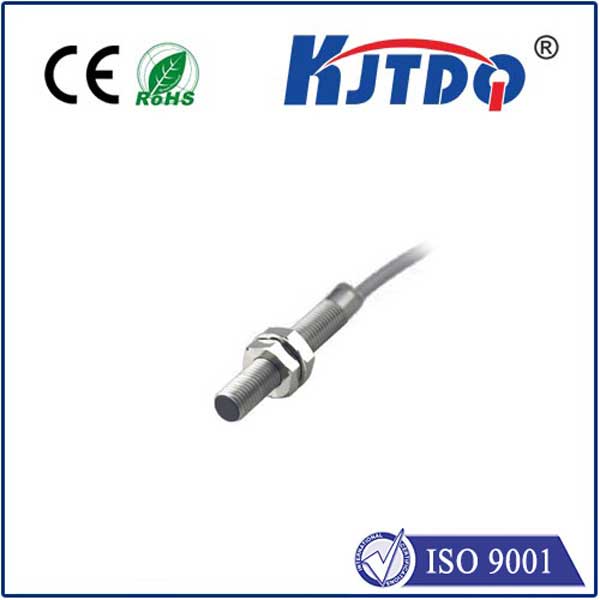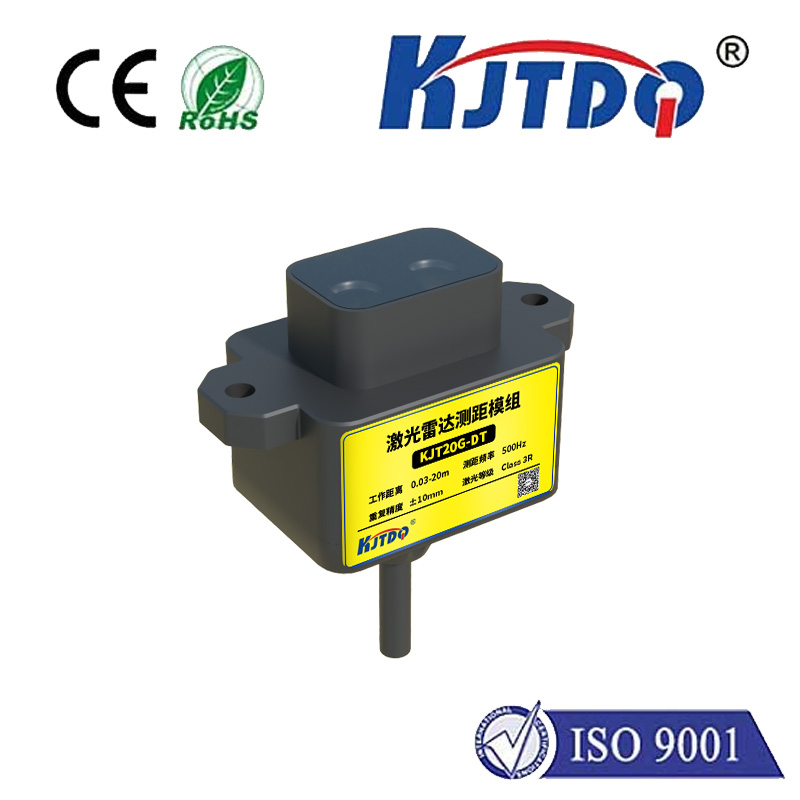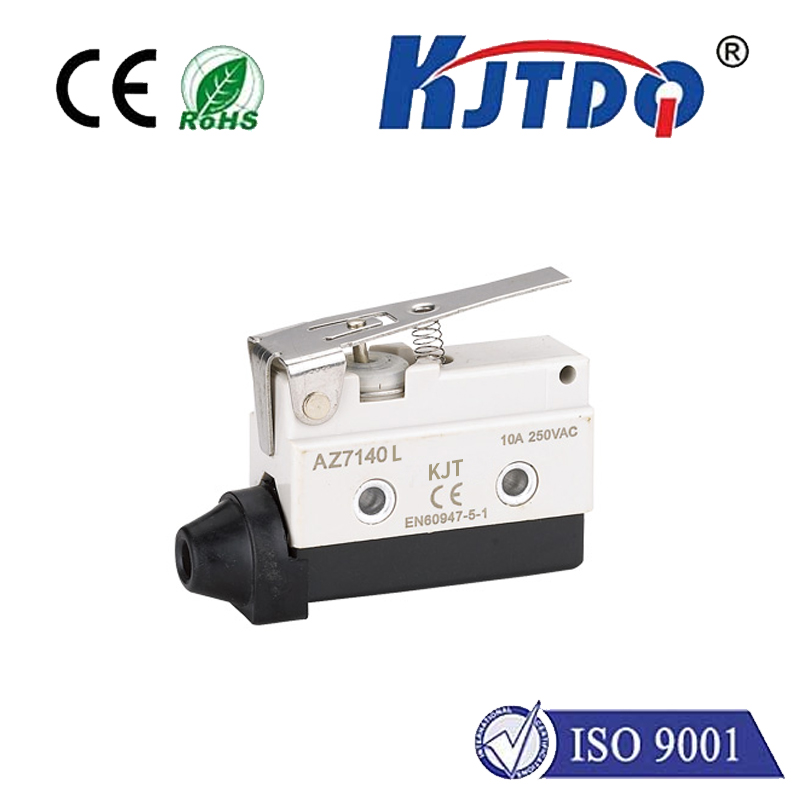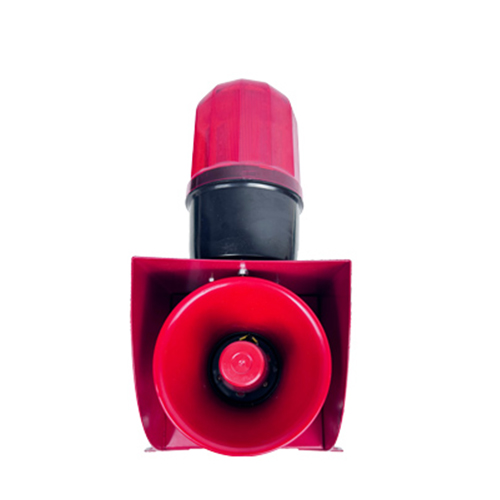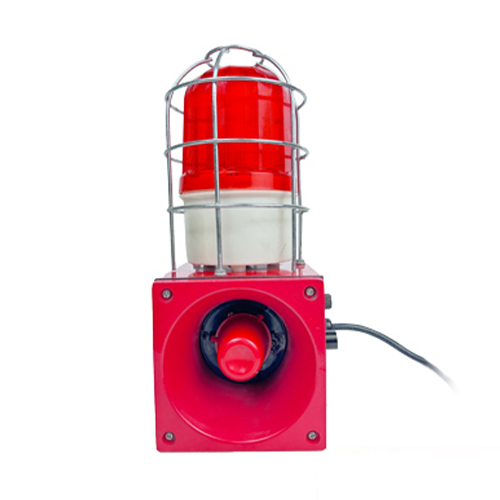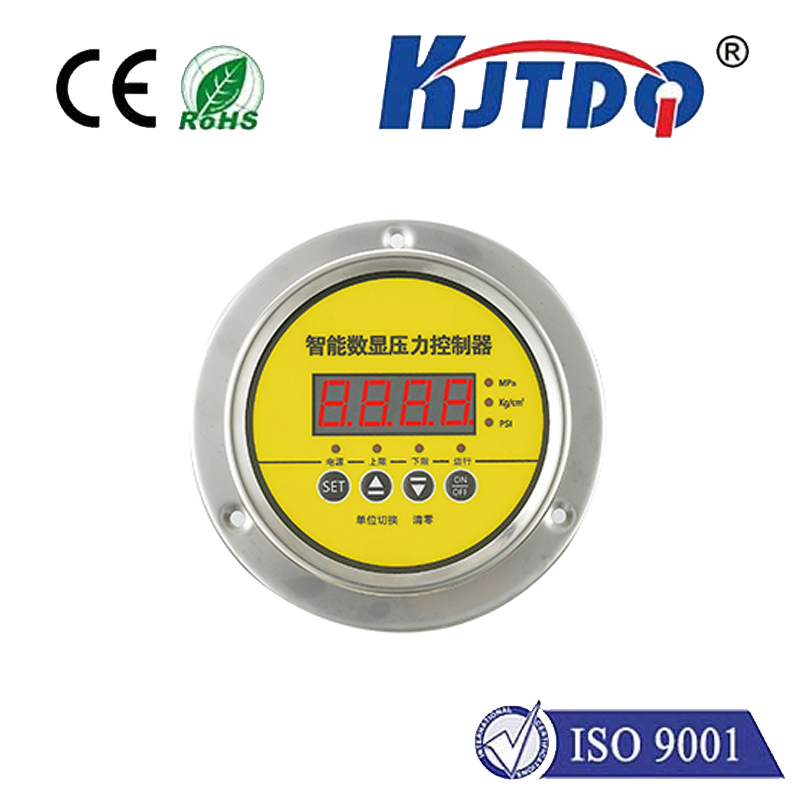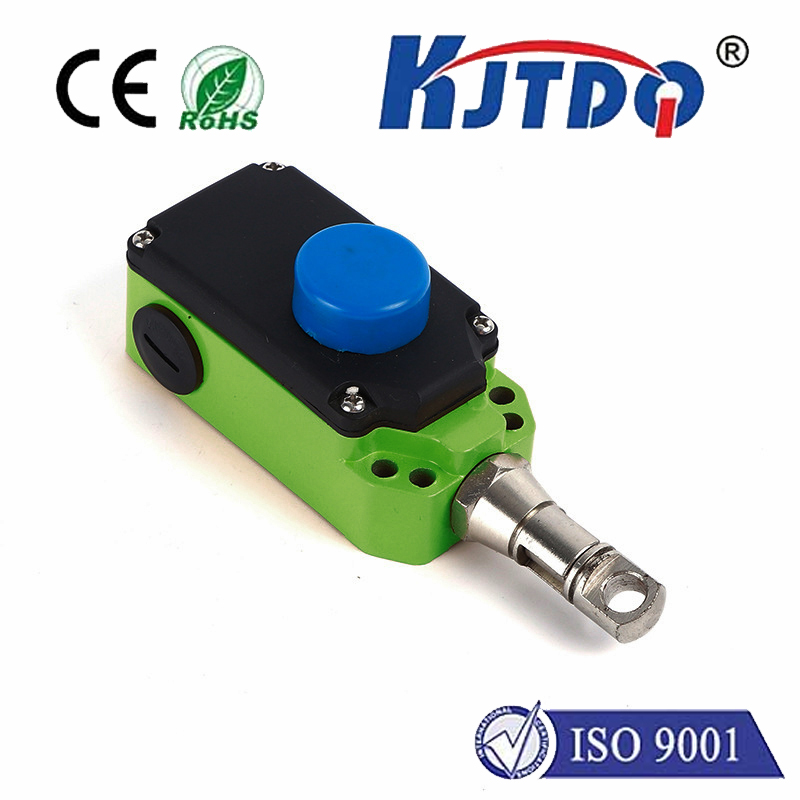отражательный фотодатчик
- time:2025-09-14 03:31:34
- Нажмите:0
Understanding Reflective Photoelectric Sensors: Working Principles and Applications
Ever watched a production line seamlessly count boxes as they zip by, or noticed an automatic door gracefully sliding open just as you approach? The unsung hero enabling these everyday marvels is often a compact, efficient device: the отражательный фотодатчик. This ingenious technology forms the backbone of countless detection tasks across diverse industries, offering a reliable and often cost-effective solution where physical contact isn’t desirable or practical. Let’s delve into how these sensors operate and where they shine.
The Core Principle: Light Bounce Detection
At its heart, a reflective photoelectric sensor functions on a beautifully simple concept: emit light, detect its reflection. Unlike through-beam sensors that require a separate emitter and receiver unit facing each other, or diffuse sensors that detect light bouncing directly off the target itself, the reflective sensor houses bothВот.light emitter (typically an LED) and the light receiver (a phototransistor or photodiode) within a single housing.
The sensor directs a beam of light (visible red, infrared, or laser) towards a specifically designed retroreflective target. This target is key – it’s not just any surface. Constructed with materials like prismatic tape or special reflective sheeting, it’s engineered to reflect the emitted light directly back towards its source, significantly boosting the signal strength returning to the receiver.
When the light beam strikes this retroreflective target, a strong, clear beam is bounced back to the receiver. The sensor’s internal circuitry interprets this strong signal as the “target present” state. However, when an object interrupts the light path between the sensor and the reflector, the beam fails to reach the target (or the reflection is blocked on its return path). Consequently, the receiver detects either no light or a drastically reduced light level, triggering the “target absent” or “object detected” state.

Key Advantages Driving Widespread Use
Reflective sensors offer a compelling set of benefits:
- Simplified Installation: Eliminating the need to mount and align two separate units (emitter and receiver) dramatically simplifies setup and reduces installation time and cost. You only need to mount the sensor unit and position the reflector opposite it.
- Extended Sensing Range: Compared to standard diffuse sensors (which rely on light scattering off the target), reflective sensors achieve significantly longer sensing distances. This is due to the powerful, focused reflection provided by the retroreflective target.
- Reliable Object Detection: They excel at detecting a wide variety of objects – boxes, bottles, vehicles, people – regardless of the object’s surface color, texture, or material (within limits). As long as the object is opaque enough to block the beam, detection occurs reliably.
- Cost-Effectiveness: Often more economical than through-beam sensors because only one electronic unit is required, alongside relatively inexpensive reflective tape or targets.
- Low Maintenance: With no moving parts and robust solid-state electronics, these sensors offer long service life and require minimal maintenance.
Understanding Limitations and Technical Nuances
While powerful, reflective sensors have specific operating parameters:
- Dependence on a Reflector: Their core function requires a retroreflective target. If the target is dirty, damaged, misaligned, or missing, detection fails. This makes them unsuitable for applications where attaching a reflector isn’t feasible.
- Sensing Distance: The maximum effective range is determined by the sensor’s power, the receiver’s sensitivity, and the quality/reflectivity of the target used. Spec sheets always list ranges based on a standard reflector.
- Environmental Factors: Like all optical sensors, performance can be affected by ambient light interference (direct sunlight, strong artificial light), dust, fog, steam, or heavy dirt accumulation on the lens or reflector. Many modern sensors use modulated light (rapidly pulsing the LED) and tuned receivers to filter out constant ambient light, significantly improving reliability.
- Target Characteristics: While good with most opaque objects, highly reflective targets (like mirrors or shiny metal) close to the sensor can sometimes cause false triggers by bouncing light directly back without needing the remote reflector. Similarly, very dark or light-absorbent objects blocking the beam are detected easily.
Technical Specifications: What to Look For
When selecting a reflective photoelectric sensor, consider these key specs:
- Sensing Distance: The maximum reliable distance to detect an object blocking the beam to the reflector.
- Light Source: Red LED (common, cost-effective), Infrared LED (invisible, less ambient light interference), Laser (highly focused beam for small object detection or precise positioning).
- Output Type: Discrete (Digital) – NPN, PNP, Relay; or Analog (4-20mA, 0-10V).
- Response Time: How quickly the sensor reacts to a change in state (object present/absent).
- Connection: Pre-wired cable, quick-disconnect (M8, M12 connectors).
- Enclosure Rating: IP67, IP69K ratings are common for dust and water resistance in industrial settings.
- Beam Pattern: Focused spot or wider beam.
- Special Features: Background Suppression (versions that focus only on reflections from a specific distance), Polarization Filters (to prevent false triggers from glossy surfaces), Teach-in function for easy setup adjustment.
Ubiquitous Applications Across Industries
The versatility of reflective photoelectric sensors makes them indispensable in countless scenarios:
- Packaging & Material Handling: Detecting boxes, bottles, or cans on conveyors for counting, filling control, or sorting; verifying presence in cartons; monitoring stack height.
- Automation & Assembly: Precise positioning of parts on assembly lines; verifying component presence before a process step; end-of-stroke detection on cylinders.
- Automotive Manufacturing: Controlling robotic welding paths; checking door, hood, or trunk open/closed positions on assembly lines; part presence verification.
- Food & Beverage: Monitoring filling levels (without contact); detecting labels, caps, or missing products on lines; case packing verification.
- Conveyor Systems: Preventing product collisions by detecting jams; triggering diverters for sorting; signaling start/stop points.
- Parking & Access Control: Vehicle detection at entry/exit gates or in parking spaces; people detection for automatic doors.
- Security Systems: Detecting unauthorized entry through doors or windows (when paired with reflectors on the moving element).
- Printing & Paper Handling: Monitoring paper roll diameter; detecting sheet presence or jams; controlling web tension systems.
From the intricate ballet of a high-speed bottling plant to the simple convenience of an automatic door at the supermarket, reflective photoelectric sensors provide a robust, efficient, and adaptable solution for object detection and positioning. Their combination of longer range than diffuse sensors and easier installation than through-beam sensors ensures their continued prominence in the toolkit of automation engineers and system designers worldwide. Understanding their working principles, advantages, limitations, and diverse applications is key to leveraging their capability effectively in an incredibly wide array of scenarios.

